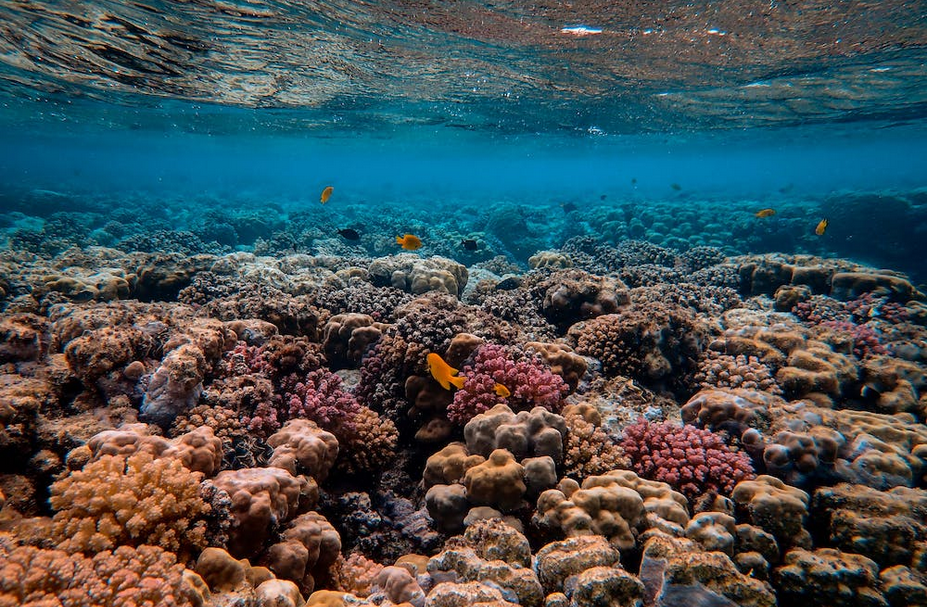
It is said that the ocean covers 71% of the Earth’s surface and contains 97% of its water. This makes it one of the most unexplored places on our planet. Marine research has always been a challenge due to the vastness of the ocean and its constantly changing conditions. However, technological advances are making it easier for researchers to study marine life and explore unknown ocean areas.
Let’s look at how technology is helping to advance marine research.
Use of UVs
 One significant advancement in marine research has been using unmanned vehicles or UVs. UAVs can give researchers a unique view of our ocean without risking human lives. Additionally, they are equipped with sensors that can collect data on water temperature, salinity, and other factors, giving researchers a more detailed understanding of our oceans.
One significant advancement in marine research has been using unmanned vehicles or UVs. UAVs can give researchers a unique view of our ocean without risking human lives. Additionally, they are equipped with sensors that can collect data on water temperature, salinity, and other factors, giving researchers a more detailed understanding of our oceans.
Autonomous Underwater Vehicles (AUVs)
Another technology that is helping to advance marine research is the use of Autonomous Underwater Vehicles (AUVs). These vehicles can explore underwater environments without needing direct human control. They can be programmed with specific tasks and collect a wide range of data otherwise inaccessible or too dangerous for humans to explore.
Sonar Imaging
Sonar imaging is another technology that has greatly advanced the field of marine research. This technique uses sound waves to create an image of objects in the water, allowing researchers to identify species, track migratory patterns, and map the ocean floor, as well as explain some of the images and videos done through camcorders. This technology can help researchers understand more about our oceans and the creatures that inhabit them.
Remote Sensing
Remote sensing is a powerful tool that allows researchers to better understand our oceans from afar. Using satellites to take pictures of the Earth’s surface, scientists can identify areas of interest and collect data on ocean temperature, currents, nutrients, algae blooms, and more.

Robotic Fish
Robotic fish are another relatively new technology being used to advance the field of marine research. These automated devices mimic the appearance and behavior of real fish, allowing researchers to observe how different species interact with each other in their natural habitats.
Technological advances have greatly enhanced our ability to study and understand our oceans. From UVs to robotic fish, technology has made it possible for researchers to explore ocean areas that were once inaccessible or too dangerous to navigate.
Our knowledge of the marine environment and its inhabitants will only expand as we develop new technologies. With this knowledge, we can better protect our oceans and the creatures they contain.
